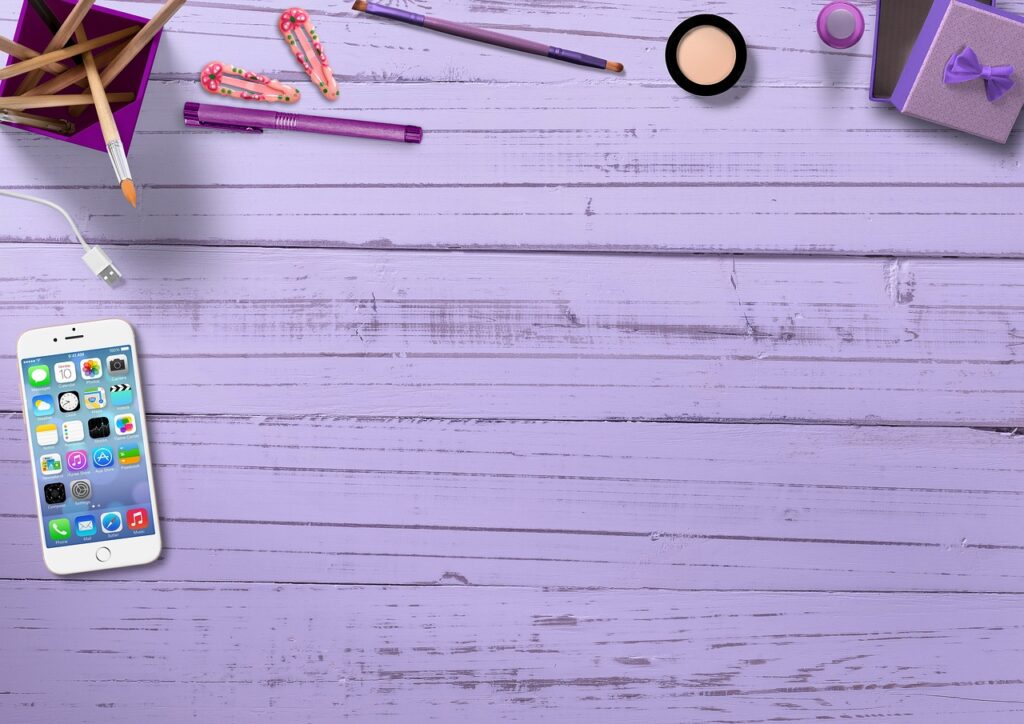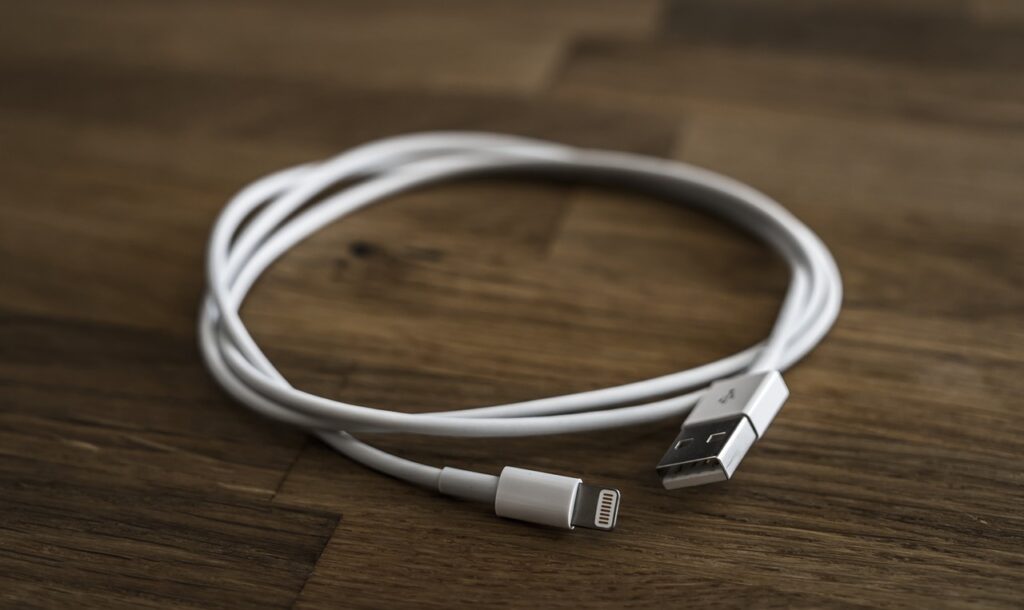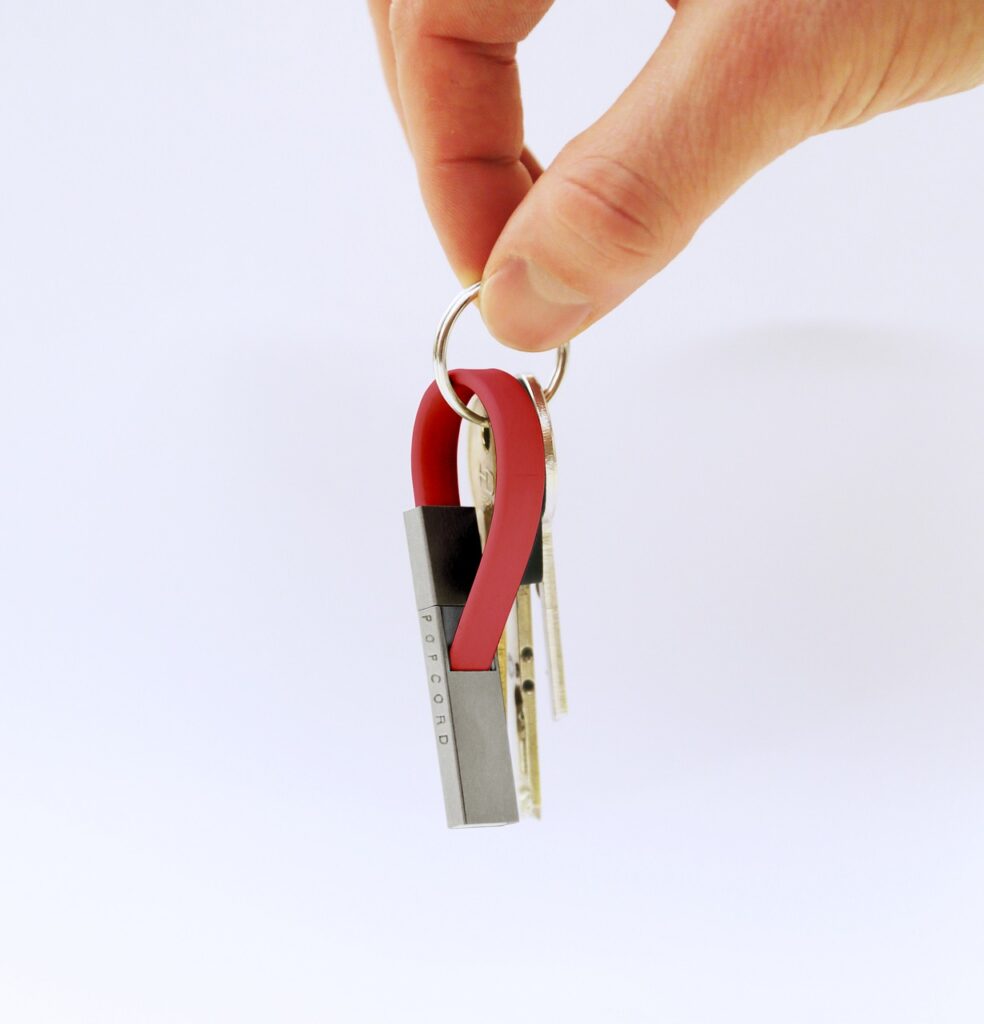
In the digital world of today, having the knowledge to discern between different types of charging cables can be quite handy. The aim of the meticulously crafted article, “Understanding Different Types of Charging Cables and Choosing the Right One for You” is to inform you about the multiple types of charging cables available in the market. From USB types to Lightning cables, it explains the unique features of each one, helping you to understand their applicability and choose the one best-suited to your requirements. This valuable information will empower you to make an informed and intelligent choice that perfectly caters to your charging needs.
Understanding Charging Cables
Before we delve into the wide world of charging cables, it’s helpful to understand what they are and why they matter.
Brief History of Charging Cables
Charging cables have come a long way since the dawn of technology. In the early days, each device had its specific charger. This meant that if you lost or damaged your charger, replacing it was a tedious challenge. The advent of Universal Serial Bus (USB) cables, introduced in the mid-1990s, changed all this. Suddenly, one cable could charge a variety of devices. Over time, we have seen the introduction of different USB types to meet changing technological needs.
Importance and Uses of Charging Cables
Charging cables are essential to the operation of any device that uses a rechargeable battery. They transfer power from an electrical outlet or computer to your gadget, recharging its battery and allowing it to function. Many charging cords also double as data transfer cables, ensuring the quick and efficient transfer of data between devices.
Basic Components of Charging Cables
Your charging cable might look simple, but it comprises several parts. At one end, you’ll find the connector, designed to pair with your specific device. On the other end is usually a standard USB connector. Within the shielded wire, there are power lines to carry electricity and data lines to transmit information.
USB Type A Charging Cable
USB Type A is one of the most recognizable and ubiquitous charging cables out there.
Characteristics of USB Type A
A USB Type A cable typically has a flat, rectangular interface that connects to laptop computers, desktops, and wall chargers. They are designed to power a variety of devices and support data transfer.
Pros and Cons of USB Type A
USB Type A cables enjoy universal compatibility, meaning they are usable with a plethora of devices. So, if you’re in a pinch, you can usually count on having a USB Type A cable nearby. However, they are larger than their successors and only plug in one way, which can sometimes be inconvenient.
Most Suitable Devices for USB Type A
Because of its universal design, USB Type A is suitable for a wide array of devices, including laptops, desktop computers, keyboards, mice, and game controllers, among others.

This image is property of pixabay.com.
USB Type B Charging Cable
USB Type B cables are less common, but still important in the world of technology.
Characteristics of USB Type B
USB Type B connectors are square-shaped and are notably used for connecting printers or other larger peripheral devices to computers. They are also found in many USB 3.0 external hard drives.
Pros and Cons of USB Type B
While the USB Type B’s larger design ensures a secure connection, its size can also be a limitation. The cable isn’t as portable or as easily integrated into smaller devices as other types.
Most Suitable Devices for USB Type B
USB Type B is most suitable for larger devices, such as printers, scanners, and external hard drives.
USB Type C Charging Cable
USB Type C is the latest and undoubtedly the future of charging cables.
Characteristics of USB Type C
This cable is characterized by a small, slender, oval-shaped connector usable on both ends. With Type C, there’s no worrying about which way to plug it in — it’s always the right way.
Pros and Cons of USB Type C
USB Type C cables support faster data transfer and charging speed compared to their predecessors. Plus, they’re more portable. However, as many devices still use the older USB types, you might find not all your gadgets are compatible.
Most Suitable Devices for USB Type C
These cables are best suited for newer devices like the latest smartphones, tablets, and laptops that support fast-charging and high-speed data transfer.

This image is property of pixabay.com.
Micro USB Charging Cable
Over the years, Micro USB has become a standard charging cable for many devices.
Characteristics of Micro USB
Micro USB cables are smaller than the standard USB Type A and they include a black-banded connector on one side to help users identify the proper orientation before plugging them.
Pros and Cons of Micro USB
One distinct advantage of Micro USB is its widespread use and affordable cost. On the downside, they’re only insertable one way and can eventually wear out due to the constant orientation checks before plugging in.
Most Suitable Devices for Micro USB
Micro USB cables are standard for many Android smartphones, tablets and other small electronic devices like Bluetooth speakers and headphones.
Lightning Charging Cable
Lightning cables are exclusive to Apple devices, serving as their standard charging cable.
Characteristics of Lightning USB
These cables are small, reversible and designed with an 8-pin connector. They’re marked by Apple’s simple design aesthetic and are far more slender than traditional USB cables.
Pros and Cons of Lightning USB
Lightning USBs are compact, reversible, and offer quick charging speeds, a signature Apple requirement. However, they’re more expensive than their USB counterparts, and their exclusivity to Apple devices can be limiting.
Most Suitable Devices for Lightning USB
Lightning cables are designed exclusively for Apple devices such as iPhones (from iPhone 5 onward), iPads, iPods and Apple TVs.

This image is property of pixabay.com.
Choosing the Right Cable for Your Device
Choosing the right charging cable for your device doesn’t need to be challenging.
Assessing Your Device’s Requirements
First, check your device’s charging port to see which cable is compatible. If you’re unsure, a quick search online with your device’s model number will likely yield the answer.
Understanding Device Compatibility with Charging Cables
It’s crucial to realize that not all devices can use all cable types. For instance, Apple devices require Lightning cables, and older Android phones require Micro USB.
Considerations for Choosing the Right Charging Cable
Consider factors like the durability of the cable, data transfer speed, charging speed, and. of course, the pricing.
Sourcing and Purchasing Charging Cables
Once you know what type of cable you need, you are ready to make the purchase.
Where to Buy Charging Cables
Reputable electronic stores, online marketplaces like Amazon, or directly from the device manufacturer are good places to purchase charging cables.
Price Range for Different Types of Charging Cables
The price can vary widely depending on the cable type, brand, and where it’s purchased. Typically, USB Type A and Micro USB tend to be more affordable, while Lightning and USB Type C cables are in the higher range.
Spotting Counterfeit or Substandard Cables
Watch out for counterfeit cables that could harm your device. A few signs are: the price being too good to be true, the absence of a brand name, or noticeably poor build quality.
Maintaining Charging Cables
Proper maintenance can extend the lifespan of your charging cables significantly.
Proper Use and Care of Charging Cables
Avoid pulling the cable out of the device by yanking the cord. Instead, grasp the plug firmly and pull out gently. Also, keep your cable untwisted and loose to prevent internal wires from breaking.
Signs That Your Charging Cable Needs Replacement
If you notice the cable gets excessively hot during use, if your device charges inconsistently, or does not charge at all, it may be time for a replacement.
Future of Charging Cables
Despite the present popularity of cables, there’s a wave of innovation that could redefine the way we power our devices.
Latest Developments in Charging Technology
From wireless charging pads to solar power charging, present advancements seek to make our lives even simpler.
Predicted Advancements in Charging Cable Technology
In the future, we can expect more efficient and faster charging cables, such as USB4. However, industry experts agree that the ultimate goal is to do away with cables altogether. Whether that becomes our reality, we will have to wait and see. Nevertheless, in the meantime, a good understanding of charging cables and how to choose one for your device remains essential.


